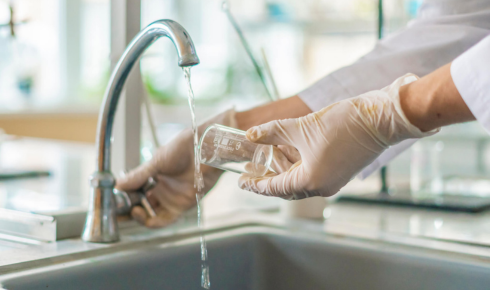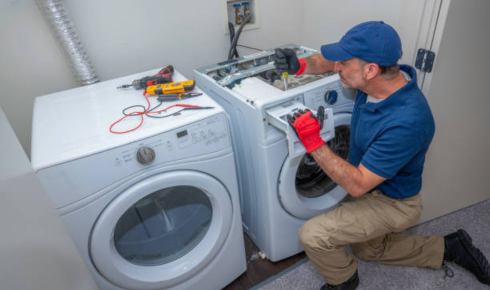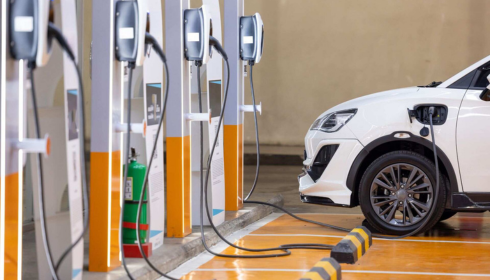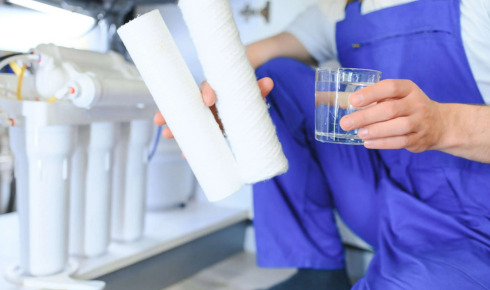There’s something oddly satisfying about a spotless glass surface—the kind that almost disappears when the sunlight hits it just right. But let’s be real: most of us rarely see our mirrors, shower doors, or windows that clear. Instead, we’re stuck staring at stubborn white marks that refuse to budge, no matter how much elbow grease we throw at them. These marks—mineral deposits—can turn even the most beautiful bathroom or kitchen into a dull, cloudy mess.
If you’ve been wondering how to remove mineral deposits from glass, you’re not alone. Hard water is sneaky like that—it leaves behind calcium, magnesium, and other minerals every time a droplet dries. Over time, those minerals bake into the glass, making it look etched or hazy. The good news? You don’t need harsh chemicals or expensive cleaners to reclaim that shine. Just a few smart tricks and a little patience.
Why Glass Gets That Cloudy Look in the First Place
Hard water is the main culprit behind those chalky white rings and streaks. Every time water evaporates, it leaves behind mineral residue. Add in heat—like from a hot shower or sunlight—and those deposits harden like cement. Soap scum often joins the party too, forming a film that traps minerals and makes cleaning twice as hard.
Glass, while smooth to the touch, has tiny microscopic pores. These pores allow minerals to cling on tight, which is why a simple wipe-down rarely does the job. And when ignored for too long, the deposits can even cause a dull etching effect that looks permanent (though it’s usually fixable with some patience).
Home Remedies That Actually Work
When it comes to restoring clarity, you don’t need anything fancy. A few items from your kitchen can work wonders if you use them the right way. Start with the basics—white vinegar and water.
Mix equal parts vinegar and warm water in a spray bottle. Spritz it generously over the affected glass and let it sit for 10–15 minutes. The acid in the vinegar breaks down the alkaline minerals, softening them up. After it’s had time to soak, scrub gently with a non-scratch sponge or a microfiber cloth. Rinse with clean water, then dry immediately to avoid more spots.
If the buildup’s heavier, you can sprinkle baking soda directly on the dampened surface before spraying the vinegar. The fizzing reaction loosens the minerals even more. For extra-tough cases, a little bit of lemon juice can help too—it’s a natural acid that smells fresher than vinegar.
When Soft Water Isn’t So Soft After All
It’s ironic, but sometimes even soft water can leave faint marks—those ghostly streaks that appear after washing dishes or cleaning windows. They’re not quite as stubborn as hard water stains, but they still dull the sparkle. These soft water stains usually come from soap residue or improper rinsing, not minerals.
To deal with them, go easy on the soap (a few drops often suffice) and always use a lint-free towel to dry. Rinsing with distilled water before the final wipe can make a world of difference, especially if your home’s water isn’t perfectly balanced. The trick is to prevent the spots from forming in the first place—drying thoroughly and using a water-repellent spray after cleaning can help keep that glass shining longer.
When the Stains Just Won’t Quit
Sometimes, even after trying all the home remedies, those stubborn marks still cling like they own the place. That’s when you might need to step things up a notch. Commercial glass cleaners formulated for hard water deposits can work wonders, but always choose ones that are safe for your surface—especially on tinted or coated glass.
For serious buildup, a mixture of vinegar and fine-grade steel wool (like #0000) can gently buff away the crusted minerals without scratching the glass. Go slow, work in circular motions, and rinse often. It’s not about force—it’s about patience.
Knowing how to remove water deposits from glass is partly about understanding timing. The longer the minerals sit, the harder they bond. So even a quick weekly wipe with vinegar or lemon water can prevent them from settling in again.
What Not to Do (and Why It Matters)
A common mistake is to grab the strongest cleaner under the sink and start scrubbing. But harsh chemicals—especially those with ammonia or bleach—can cause damage, particularly on treated glass or shower doors with coatings. Abrasive pads, while tempting, can create micro-scratches that make future mineral buildup even worse.
Stick with gentle acids like vinegar and lemon juice, and non-abrasive tools like microfiber cloths. It may take a bit longer, but your glass will thank you later.
Keeping It Clear: Prevention Is Half the Battle
Once you’ve restored the sparkle, the next goal is keeping it that way. Prevention is much easier than restoration. After each shower or cleaning session, wipe down the glass before the water dries. A simple squeegee takes 10 seconds but saves hours of scrubbing later.
You can also apply a protective barrier—there are plenty of hydrophobic sprays that repel water and reduce mineral buildup. Think of it like rainproofing your glass. And if you live in an area with hard water, consider installing a water softener or filter for the fixtures that matter most. It might seem like overkill, but in the long run, it saves your glass, faucets, and even appliances from mineral damage.
A Few Final Thoughts
There’s something meditative about cleaning glass—the way it reflects light differently with each pass of the cloth until, finally, you can see your reflection clearly again. Maybe it’s not just about removing spots; it’s about restoring a little order, a bit of calm, to your everyday surroundings.
So next time you catch sight of cloudy glass, don’t sigh—just grab that vinegar bottle, play your favorite playlist, and get to it. The transformation is surprisingly satisfying.
Because whether it’s your shower door, window, or a decorative vase, clean glass always feels like a small victory—a clear view in a foggy world.




